new knowledge environments
13.12.2016 CURTIN HIVE
Erik Champion, UNESCO Chair, MCCA, AAPI, CIC
eventbrite: new knowledge environments
This presentation will (maybe) examine
- critical and creative activities of hacker/maker communities & related GLAM sector
- vs. achievements + challenges of digital heritage infrastructures (digital heritage VR & 3D)
- how to integrate the engagement and outreach of the former with the technical advances of the latter
- using new tools and environments to analyse data and evidence
- building digital solutions for productivity and sustainability, BIM
- emerging new kinds of public space and urban solutions
- rethinking interdisciplinary research, transforming industry
see also http://humanities.curtin.edu.au/research/our-research-priorities/
Digital Humanities..
-
3 years of definitions
-
Wiki: an intersection
-
"using computing to do humanities research" (David Parry)
-
"paradigmatic modes of engagement between the humanities and information technology or the digital: tool, study object, expressive medium, exploratory laboratory and activist venue." (Svensson)
-
that which favors scholarly e-publication? (NOT analogueHumanities)
Pitching DH..
What Is Digital humanities and What’s It Doing in
English Departments? Matthew G. Kirschenbaum
-
"a scholarship (and a pedagogy) that is publicly visible in ways to which we are generally unaccustomed, a scholarship and pedagogy that are bound up with infrastructure in ways that are deeper and more explicit than we are generally accustomed to, a scholarship and pedagogy that are collaborative and depend on networks of people and that live an active 24/7 life online"
-
PUBLIC
-
INFRASTRUCTURE+SCHOLARSHIP-ENTWINED
-
COLLABORATIVE (pedagogy and scholarship)
-
NETWORKS rather than COMMUNITIES?
-
ACTIVE (and REACTIVE) 24/7...?
Digital Humanities.. Centres..
- A digital humanities center is an entity where new media and technologies are used for humanities-based research, teaching, and intellectual engagement and experimentation.
- The goals of the center are to further humanities scholarship, create new forms of knowledge, and explore technology’s impact on humanities-based disciplines. [Zorich 2008]
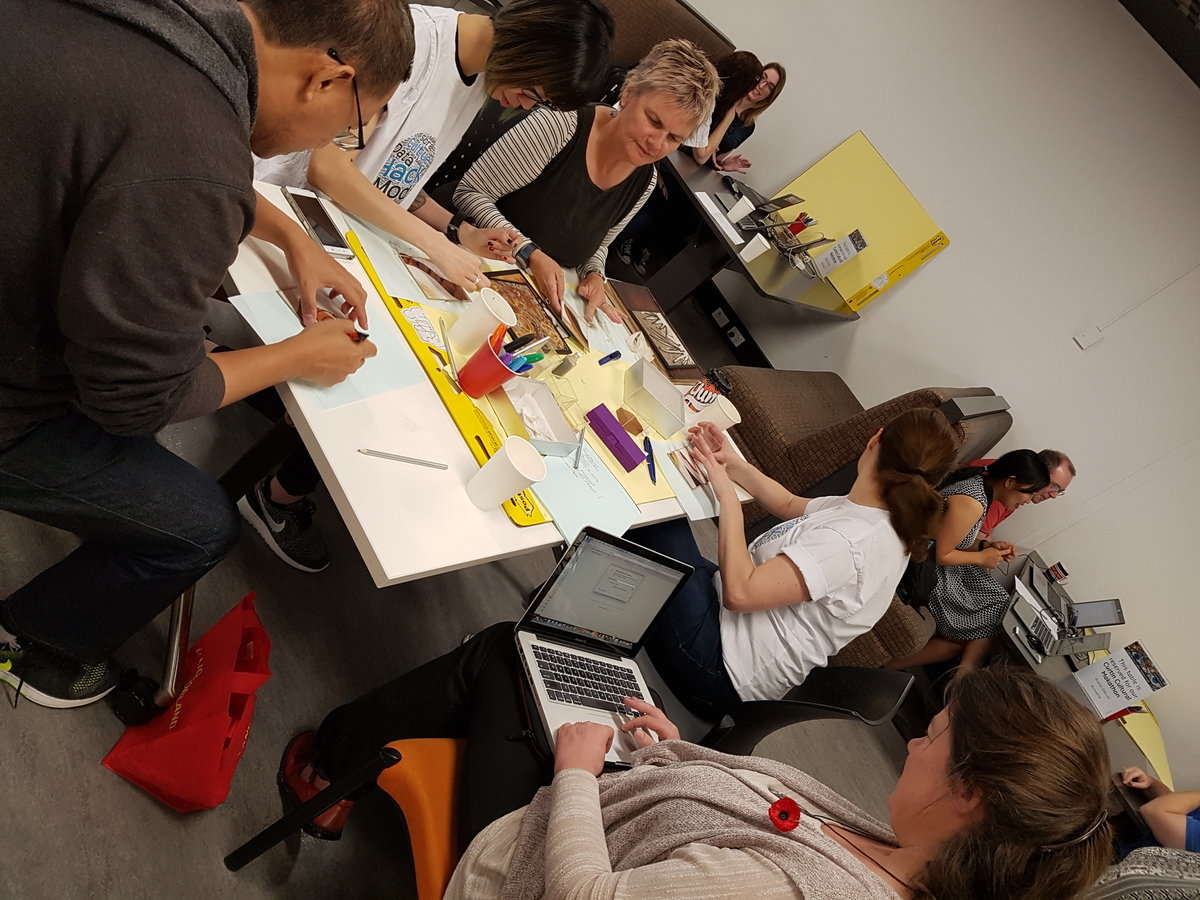
#1 Virtual heritage is
•..a fusion of virtual reality technology with cultural heritage content [Addison 2008] [Roussou 2000].
•… the use of computer-based interactive technologies to record, preserve, or recreate artifacts, sites and actors of historic, artistic, religious, and cultural significance and to deliver the results openly to a global audience in such a way as to provide formative educational experiences through electronic manipulations of time and space. Stone and Ojika [2O08]
•NB intangible heritage, ‘practices, representations, expressions, knowledge, skills – as well as the instruments, objects, artefacts and cultural spaces associated therewith – that communities, groups and, in some cases, individuals recognize as part of their cultural heritage’ [UNESCO 2003].
The London charter
The London Charter [Denard 2009] defined computer-based visualization as
‘[t]he process of representing information visually with the aid of computer technologies.’
- Implies visualization is only visual, that all is required is to represent (in a visual format) content to an end user.
- Does not explain the cultural significance of the object or process simulated, and reasons for why it should be preserved and communicated.
- Paradata not clearly defined.
- How to turn into guidelines?
HOWEVER..
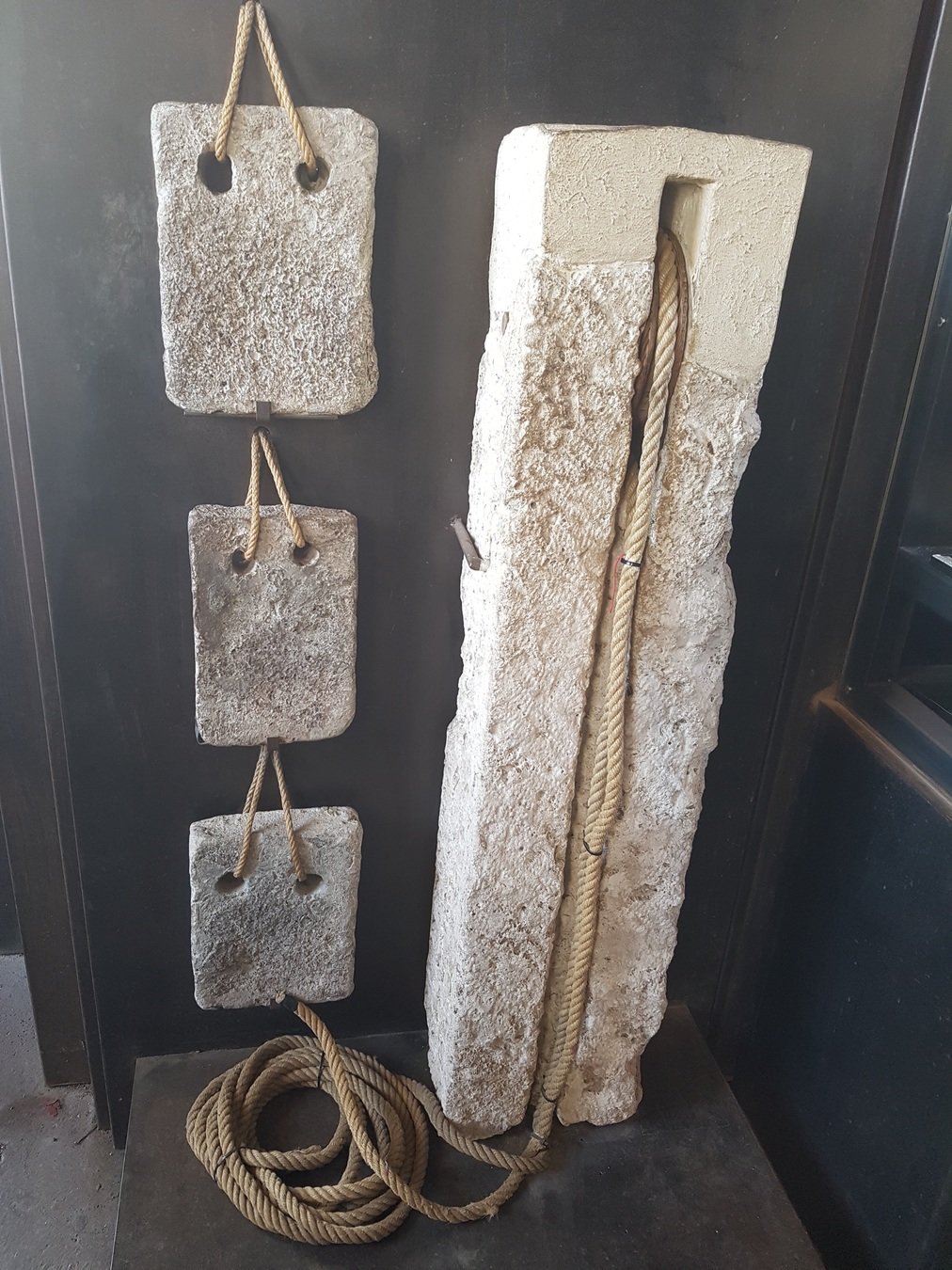
#2 Virtual heritage is
‘the attempt to convey not just the appearance but also the meaning and significance of cultural artefacts and the associated social agency that designed and used them, through the use of interactive and immersive digital media.’
Virtual Warrane, Sydney See also version 2 on youtube
The VANISHING interactive
Disappearing Virtual Heritage-Becoming Archaeological , p33, Ruth Tringham UC Berkeley, USA, Michael Ashley CODA
While searching in 2014 in Erik Champion’s Playing with the Past (2011) for web-based virtual cultural environments that could act as models for a game, Dead Women Do Tell Tales, that was being developed about Çatalhöy k (Tringham n.d. 3; see also Tringham 2015), we found that at least half of his examples have disappeared by now, which seems to be a common trend with games and other web-based interfaces in general. It’s not surprising—according to the Library of Congress, the average lifespan of a webpage is only 100 days. Many of the disappeared, like Okapi Island, can be seen as tempting fragments displayed through video documentation on YouTube or Vimeo (e.g. Leavy n.d.).
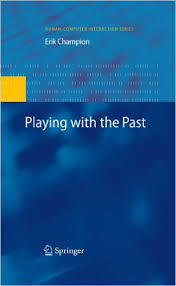
"The VANISHING VIRTUAL"
“In the very near future some critical issues will need to be addressed; increased accessibility to (and sharing of) heritage data, consistent interface design for widespread public use and re-presentations of work, the formalization of a digital heritage database, establishment of a global infrastructure, institutionalized, archival standards for digital heritage and most importantly the on-going curation, of work forward in time as the technology evolves so that our current digital, heritage projects will not be lost to future generations.
We cannot afford to have our digital heritage disappearing faster than the real heritage or the sites it seeks to ‘preserve’ otherwise all of our technological advances, creative interpretations, visualizations and efforts will have been in vain.”
Hal Thwaites, past VSMM President
argument:
New media (NM), DH & VH issues
- New media constantly changing
- NM can suggest new perceptions & behaviour for end users.
- DH aims to preserve heritage content, (so implicit conflict).
- VH =latest tech, cannot bridge new media & digital heritage.
- How many VH projects verified for future robustness, usage?
- VH is NOT DH
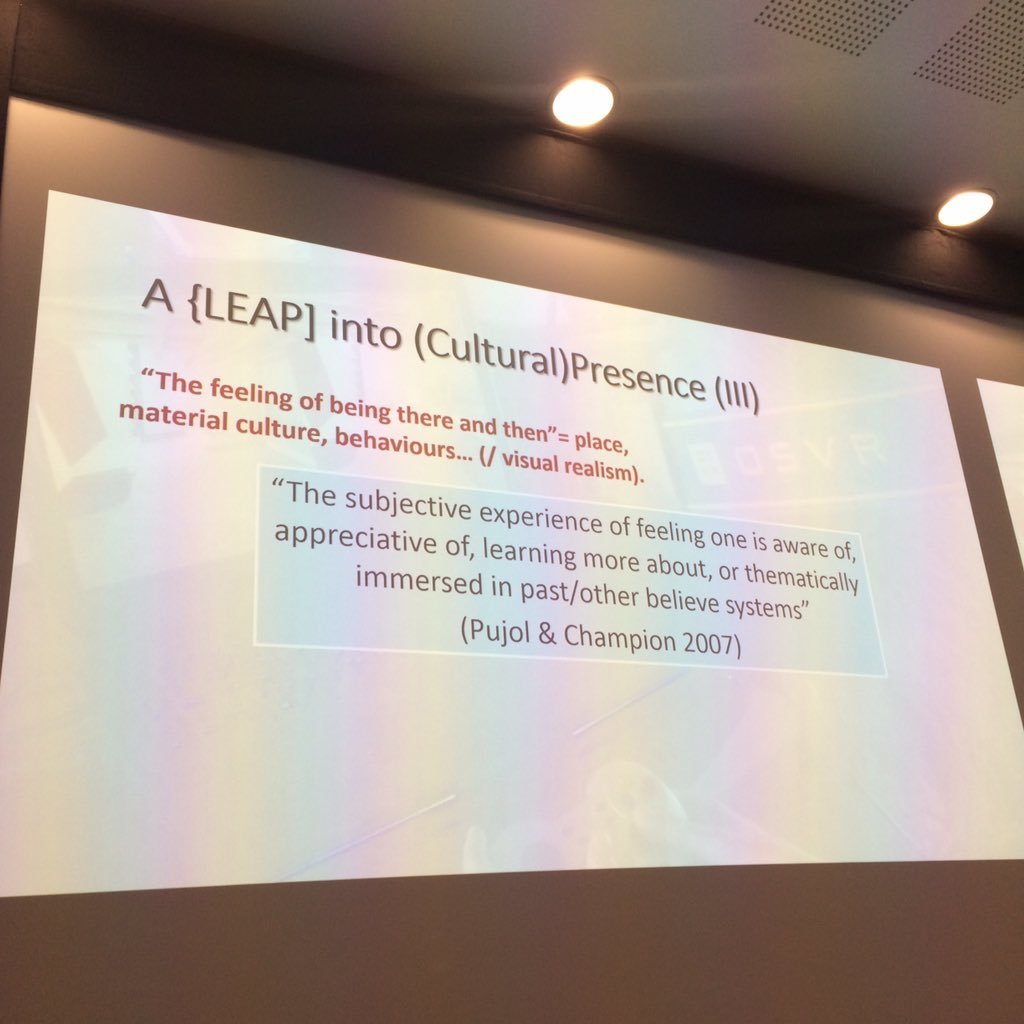
Erik Champion, Defining Cultural Agents for Virtual Heritage Environments, Presence: Teleoperators and Virtual Environments Summer 2015, Vol. 24, No. 3: 179–186. PDF (79 KB)
VH issues
- Restricted interaction & feedback
- Low-impact pedagogical outcomes
- Limited community involvement
- Few evaluation studies
- Lacks a scholarly ecosystem
- Obsolete, unreliable expensive technology seldom preserved
Forbidden City IBM-GONE!
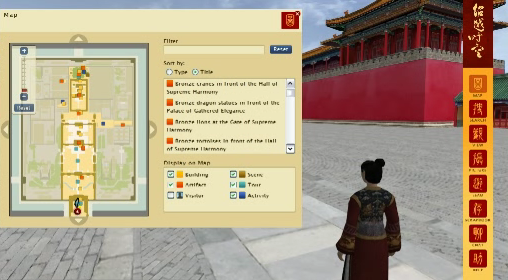
3D MODELS not the only problem
•Requirement: Inspection, contextualization, modification of 3D digital heritage models–Difficult to find.
–Impossible to download and edit.
–Unusual, unwieldy or obsolete formats.
–Many are standalone 3D meshes & no accompanying metadata or information on how the data was acquired.
–Can the models be shared (and edited?)
–Accuracy of scanning or modeling process?
–How to find scholarly documents, field reports, photographs & site plans that allowed the designers to extract enough information for their models?
•Deployed: community, schools, GLAM-Galleries Libraries Archives.
•Issues: cross-platform configurability, and pedagogical impact.
PropRietary systems, AR ISSUE
GLAM in the Present
- GLAM industries display a fraction of collections.
- Museums lack the space to display many of their collection.
- PLUS issue of how heritage collections are maintained, disseminated, improved upon & expanded.
- Where are simulations that convey the contextual ways in which the sites were used by past and distant cultures?
the future

GLAM iSSUES NOW
•CSIRO report ‘Australia’s cultural institutions risk losing their relevance if they don’t increase their use of digital technologies and services.’
•GLAM industry is worth 2.5 billion Australian a year, roughly only a quarter is digitized, and there is 629km worth of archival material.
•Ongoing need to explore new approaches to copyright management that stimulate creativity and support creators.
Text
2014 DH GROUPS-GAPS
Game Design creates one-off Products
2005 UT-MALTA

mechanics are underestimatated

models versus simulations
copYright:
Dylan nagel
cognitive issues







GOALS rewards & ambiguity

Xibalba-Palenque, Mark Hurst Andrew Dekker & Erik Champion
warped projection





1 Teach Thematic Mapping




2 Game/machinima for indigenous game prototyping
‘We are Stronger Together/Nganana Tjungurringkula Nintirrintjakunana: a collaborative approach to telling Anangu stories through video games.’
3 Help archaeologists pitch perform and Prototype
http://caaconference.org/program/sessions/#title20
- Bring their own designs, video, media depicting this new vision..
- OR have some form of play-testing demonstration, cards, or illustrations or physical play-throughs (preferably involving the CAA workshop audience) revealing how it COULD be experienced or how it could be revealed.
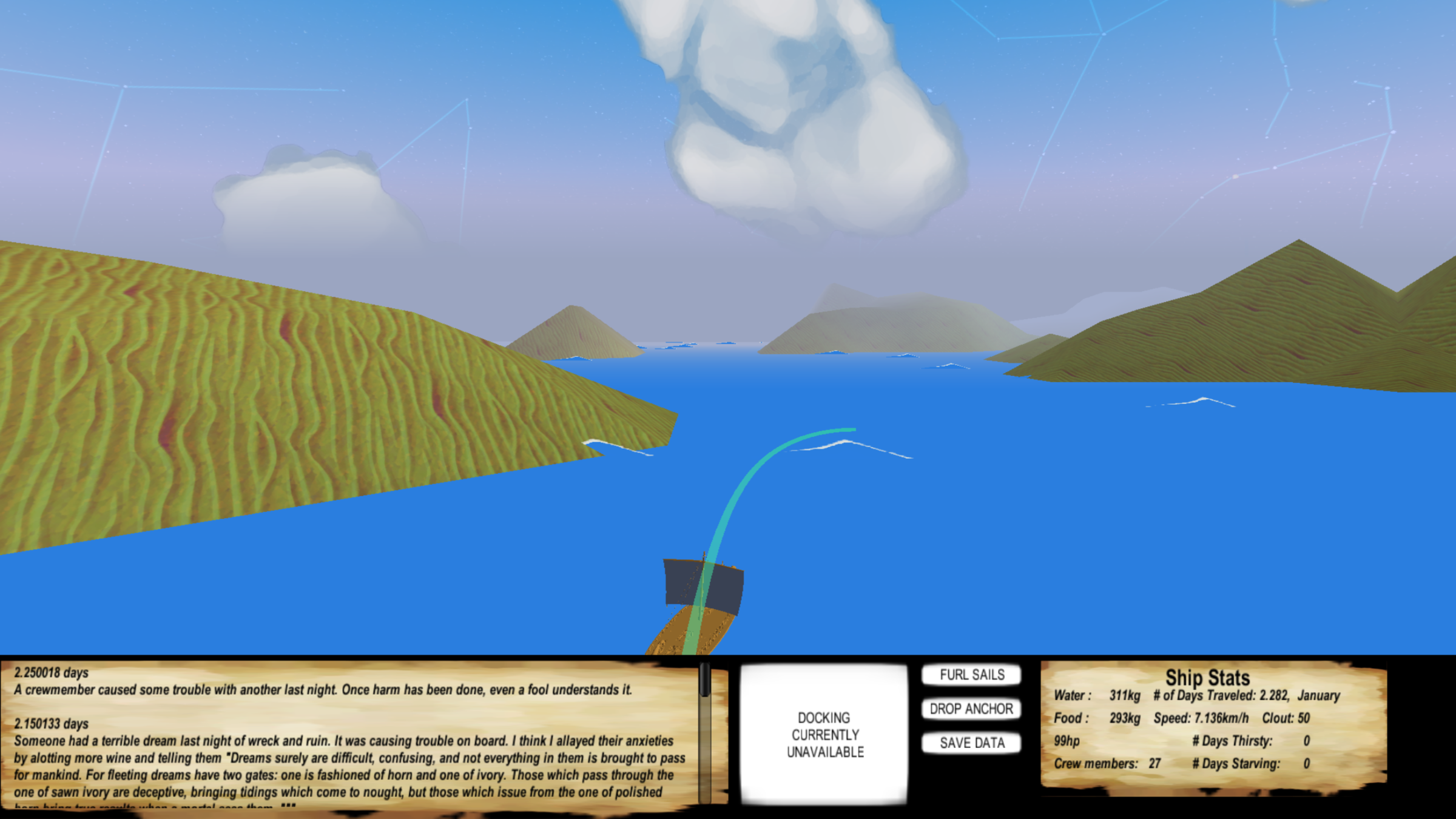
4 HELP Community Vs graffiti
Demetrios Lacet
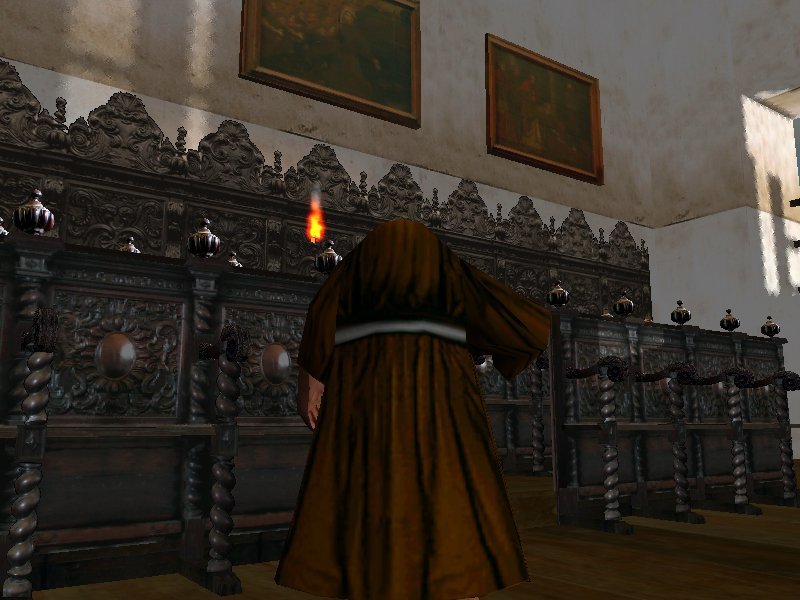
5 Help DesIgners separate narrative & assetS
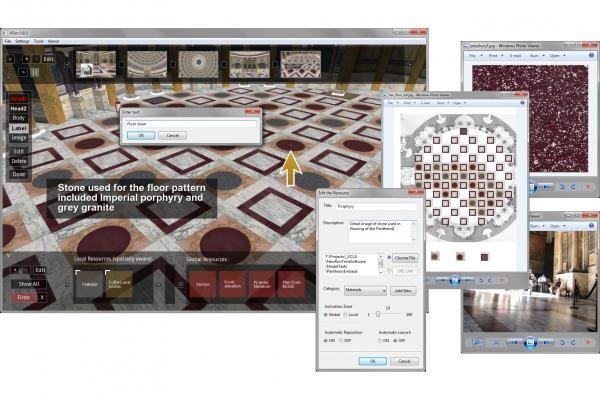
6 UNESCO Chair
- Create a Cultural Heritage and Visualisation network to use & advise on 3D models of World Heritage Sites & show how 3D models can be employed in teaching & research
- Build capacity through community workshops, learning materials including distributing the teaching resources digitally at no cost for the end user, training of research students and post-doctorate scholars and visiting fellows;
- Recommend long-term archive guidelines and ways of linking 3D models to scholarly publications and related scholarly resources and infrastructures;
- Disseminate the results of research activities at conferences and workshops, via online papers, applications and learning materials; and,
- Cooperate closely with UNESCO on relevant programmes and activities.
2 PHD scholarships, 1 Research Fellow, Visiting Fellowships, Workshops
AiMS
- Linked Open Data
- Flexible Viewing Options
- Versatile, stable File Format and Platform
- Links to Academic Publication and Feedback Forums
- Classroom and community ready examples
STEPS
- Survey of projects, technology, needs analysis
- Middleware frameworks
- CIDOC CRM ontology links and examples
- Develop ways of preserving interaction design patters
- Standardize evaluation data and experiential data
- Links to paradata
- Help increase community access, engagement, critical re-use